Hyundai i10 vs Renault Scénic - Differences and prices compared
Costs and Efficiency:
When it comes to price and running costs, the biggest differences usually appear. This is often where you see which car fits your budget better in the long run.
Hyundai i10 has a significantly advantage in terms of price – it starts at 14600 £, while the Renault Scénic costs 34600 £. That’s a price difference of around 20066 £.
Engine and Performance:
Power, torque and acceleration are the classic benchmarks for car enthusiasts – and here, some clear differences start to show.
When it comes to engine power, the Renault Scénic has a clearly edge – offering 218 HP compared to 90 HP. That’s roughly 128 HP more horsepower.
In acceleration from 0 to 100 km/h, the Renault Scénic is significantly quicker – completing the sprint in 7.90 s, while the Hyundai i10 takes 11.40 s. That’s about 3.50 s faster.
In terms of top speed, the Hyundai i10 performs hardly perceptible better – reaching 175 km/h, while the Renault Scénic tops out at 170 km/h. The difference is around 5 km/h.
There’s also a difference in torque: Renault Scénic pulls convincingly stronger with 300 Nm compared to 172 Nm. That’s about 128 Nm difference.
Space and Everyday Use:
Cabin size, boot volume and payload all play a role in everyday practicality. Here, comfort and flexibility make the difference.
Seats: offers more seating capacity – vs .
In curb weight, Hyundai i10 is decisively lighter – 996 kg compared to 1822 kg. The difference is around 826 kg.
In terms of boot space, the Renault Scénic offers significantly more room – 545 L compared to 252 L. That’s a difference of about 293 L.
In maximum load capacity, the Renault Scénic performs distinct better – up to 1670 L, which is about 620 L more than the Hyundai i10.
When it comes to payload, Renault Scénic somewhat takes the win – 518 kg compared to 423 kg. That’s a difference of about 95 kg.
Who wins the race?
The Renault Scénic proves to be outperforms in nearly all aspects and therefore becomes our DriveDuel Champion!
Renault Scénic is the better all-rounder in this comparison.
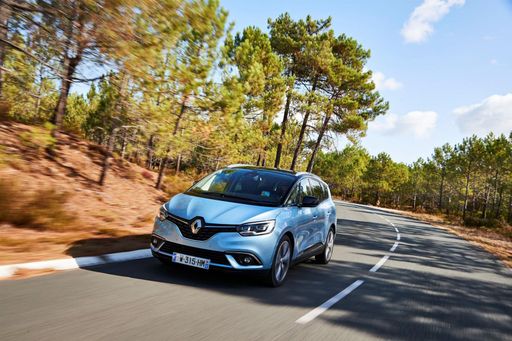 @ Renault Group Media
@ Renault Group Media
Renault Scénic
Costs and Consumption
View detailed analysis
Engine and Performance
View detailed analysis
Dimensions and Body
View detailed analysis
Hyundai i10
The Hyundai i10 is a cheeky city car that squeezes big-car confidence into a pocket-friendly package, carving through tight streets with surprising composure and sensible practicality. For buyers after low fuss, sensible equipment and wallet-friendly running costs, it's a smart, no-nonsense pick that makes sense whether you're a first-time driver or need a reliable second car.
details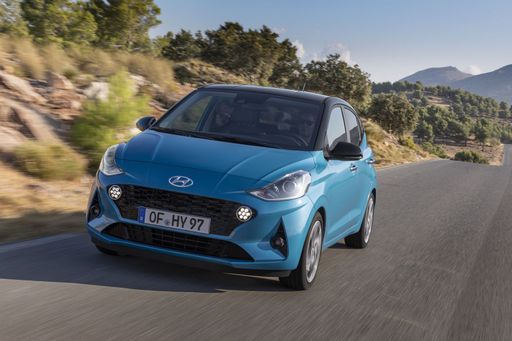 @ Hyundai Motor Company
@ Hyundai Motor Company
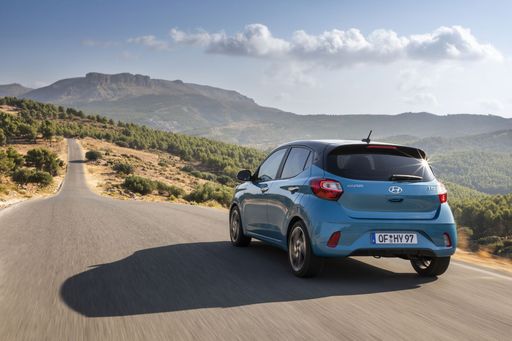 @ Hyundai Motor Company
@ Hyundai Motor Company
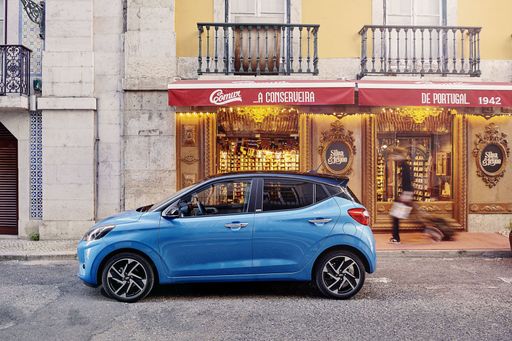 @ Hyundai Motor Company
@ Hyundai Motor Company
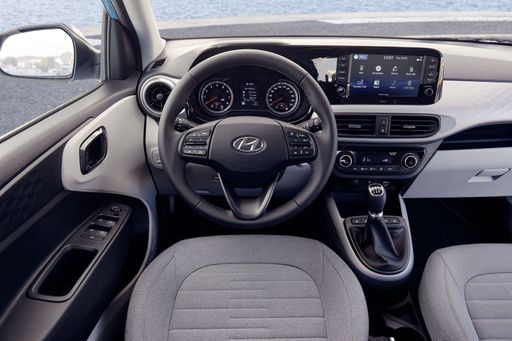 @ Hyundai Motor Company
@ Hyundai Motor Company
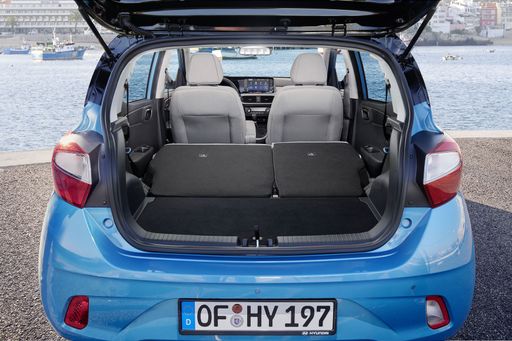 @ Hyundai Motor Company
@ Hyundai Motor Company
Renault Scénic
The Renault Scénic is a quietly clever family MPV that balances everyday practicality with unexpected flair, offering a roomy, flexible cabin that makes school runs and weekend escapes less of a chore. It won't dazzle like a sports car, but its composed ride, sensible tech and thoughtful storage solutions make it a superbly pragmatic choice for buyers who prefer substance with a wink.
details @ Renault Group Media
@ Renault Group Media
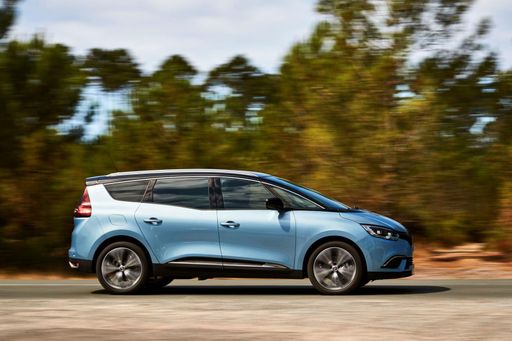 @ Renault Group Media
@ Renault Group Media
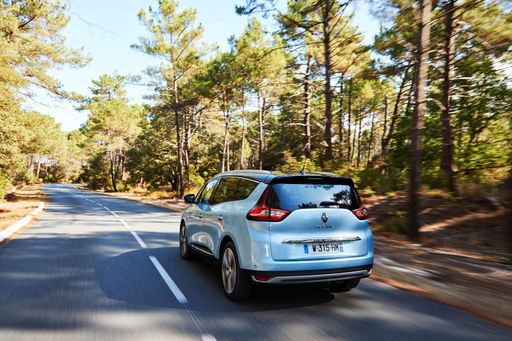 @ Renault Group Media
@ Renault Group Media
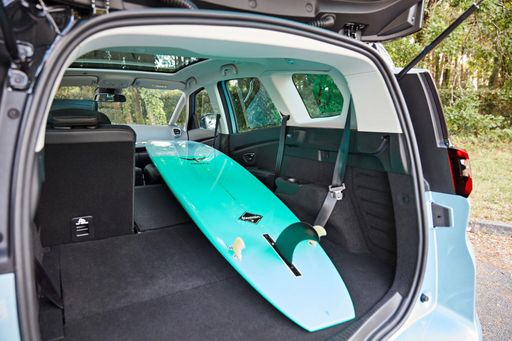 @ Renault Group Media
@ Renault Group Media
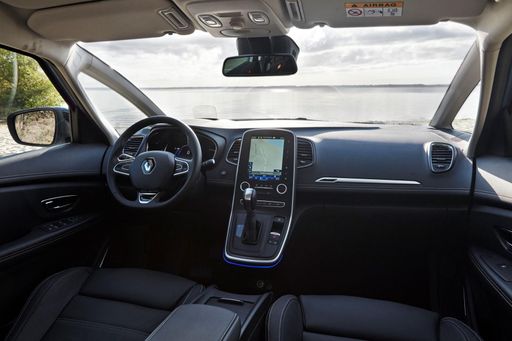 @ Renault Group Media
@ Renault Group Media
 @ Hyundai Motor Company
@ Hyundai Motor Company
|
 @ Renault Group Media
@ Renault Group Media
|
|
|
|
Costs and Consumption |
|
|---|---|
|
Price
14600 - 19000 £
|
Price
34600 - 44000 £
|
|
Consumption L/100km
4.9 - 5.5 L
|
Consumption L/100km
-
|
|
Consumption kWh/100km
-
|
Consumption kWh/100km
16.6 - 17.5 kWh
|
|
Electric Range
-
|
Electric Range
420 - 598 km
|
|
Battery Capacity
-
|
Battery Capacity
-
|
|
co2
110 - 124 g/km
|
co2
0 g/km
|
|
Fuel tank capacity
36 L
|
Fuel tank capacity
-
|
Dimensions and Body |
|
|---|---|
|
Body Type
Hatchback
|
Body Type
SUV
|
|
Seats
4 - 5
|
Seats
5
|
|
Doors
5
|
Doors
5
|
|
Curb weight
996 - 1099 kg
|
Curb weight
1822 - 1927 kg
|
|
Trunk capacity
252 L
|
Trunk capacity
545 L
|
|
Length
3670 - 3675 mm
|
Length
4470 mm
|
|
Width
1680 mm
|
Width
1864 mm
|
|
Height
1480 - 1483 mm
|
Height
1571 mm
|
|
Max trunk capacity
1050 L
|
Max trunk capacity
1670 L
|
|
Payload
344 - 423 kg
|
Payload
514 - 518 kg
|
Engine and Performance |
|
|---|---|
|
Engine Type
Petrol
|
Engine Type
Electric
|
|
Transmission
Manuel, Automatic
|
Transmission
Automatic
|
|
Transmission Detail
Manual Gearbox, Automated Manual
|
Transmission Detail
Reduction Gearbox
|
|
Drive Type
Front-Wheel Drive
|
Drive Type
Front-Wheel Drive
|
|
Power HP
63 - 90 HP
|
Power HP
170 - 218 HP
|
|
Acceleration 0-100km/h
11.4 - 18.4 s
|
Acceleration 0-100km/h
7.9 - 8.6 s
|
|
Max Speed
143 - 175 km/h
|
Max Speed
150 - 170 km/h
|
|
Torque
93 - 172 Nm
|
Torque
280 - 300 Nm
|
|
Number of Cylinders
3 - 4
|
Number of Cylinders
-
|
|
Power kW
46 - 66 kW
|
Power kW
125 - 160 kW
|
|
Engine capacity
998 - 1197 cm3
|
Engine capacity
-
|
General |
|
|---|---|
|
Model Year
2024
|
Model Year
2025
|
|
CO2 Efficiency Class
C, D
|
CO2 Efficiency Class
A
|
|
Brand
Hyundai
|
Brand
Renault
|
Is the Hyundai i10 offered with different drivetrains?
The Hyundai i10 is offered with Front-Wheel Drive.
The prices and data displayed are estimates based on German list prices and may vary by country. This information is not legally binding.
